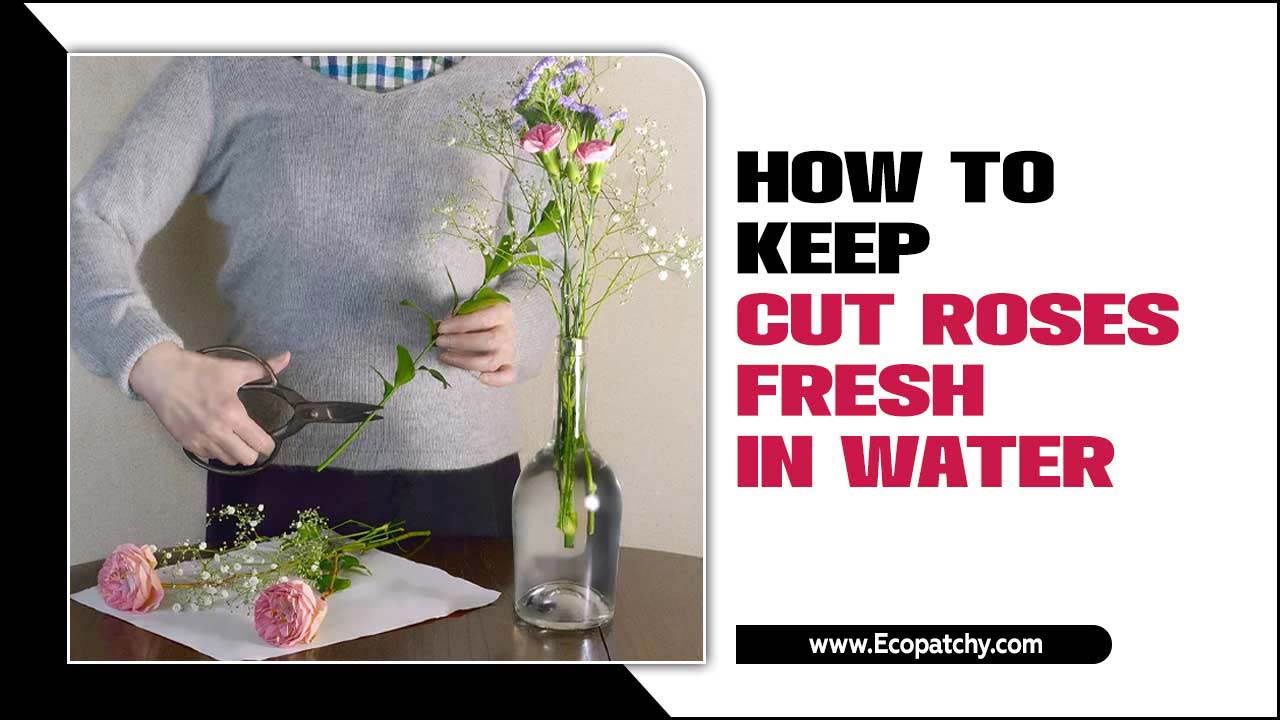Have you ever wondered why some plants grow better than others? Maybe it’s the seeds, or perhaps it’s the magic of the soil. The truth is, to get the best garden, you should test your soil for gardening.
Many people skip this important step. They simply plant seeds and hope for the best. But what if we told you that testing your soil can change your gardening game? You might be surprised to learn that soil health directly affects plant growth.
Imagine your garden thriving with vibrant flowers and fresh vegetables. It all starts with understanding your soil. Knowing what nutrients your soil has, or lacks, can help you make the right choices.
In this article, we will explore simple ways to test soil for gardening. You’ll discover fun methods and tips that make it easy. By the end, you’ll feel ready to improve your garden and enjoy its rewards!
How To Test Soil For Gardening: A Complete Guide
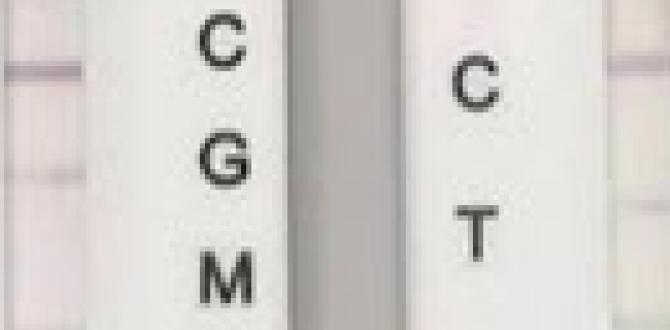
Test Soil for Gardening
Testing soil for gardening is essential for growing healthy plants. Did you know you can make your garden thrive just by knowing your soil’s needs? First, collect soil samples from different areas. Then, check pH levels and nutrients using simple kits. Well-balanced soil helps plants absorb water and grow better. A fun fact: adding organic matter can improve soil health instantly! Discover your garden’s secrets by testing your soil, and watch your plants flourish.Understanding Soil Composition
Explanation of different soil types (sand, silt, clay). Importance of soil texture for plant growth.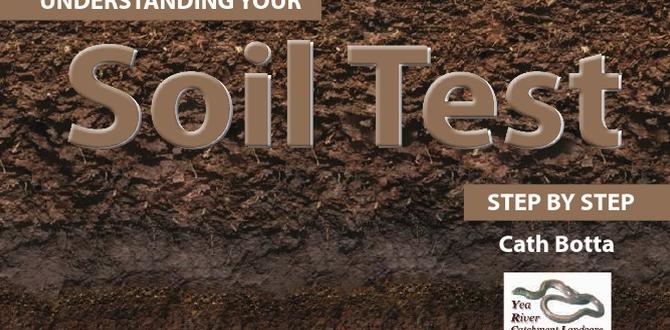
Soil comes in different types. Each type affects plant growth. The key types are:
- Sand: Big particles that let water drain quickly.
- Silt: Medium particles that hold moisture well.
- Clay: Small particles that hold water but drain poorly.
Soil texture matters because it helps plants get nutrients. Healthy plants need a mix of these soils. Understanding this can lead to a thriving garden.
Why Do Different Soil Types Matter?
Different soil types impact how well plants grow. For instance, sand drains quickly, while clay holds moisture. Knowing your soil helps you choose the right plants and care for them better.
Why Testing Soil is Crucial for Gardeners
Impact of soil quality on plant health and yield. The relationship between soil nutrients and plant growth.
Testing your soil is like the ultimate health check-up for your plants. Good soil helps plants grow strong and happy. Imagine trying to bake a cake without flour—something’s missing, right? Soil quality directly affects plant health and yield. Without the right nutrients, your greens might just sulk and say, “I’m too tired to grow!” A simple test can reveal what your soil needs to perform at its best. If your garden were a party, nutrients would be the guests you want to impress! So, check the soil, and make sure your plants get the red-carpet treatment they deserve.
| Nutrient | Importance |
|---|---|
| Nitrogen | Helps plants grow and makes leaves green. |
| Phosphorus | Supports root development and flowering. |
| Potassium | Strengthens plants against diseases. |
How to Collect Soil Samples
Stepbystep guide for collecting soil samples properly. Tips for ensuring sample accuracy and representation.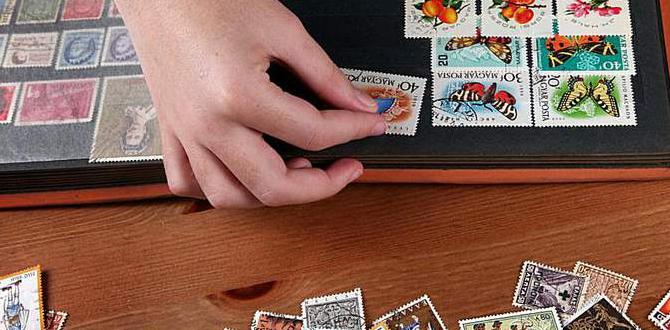
Gathering soil samples helps you understand your garden better. Follow these simple steps for accurate testing:
- Choose several spots in your garden.
- Take a small amount of soil from each spot.
- Mix the samples in a clean bucket.
- Avoid using metal tools; use plastic instead.
- Store the sample in a clean, dry container.
To ensure accuracy, sample a few inches deep. This distance gives a good view of soil health. Mix several samples for a representative result. Always label your container with the location and date.
Why do I need to collect multiple samples?
Collecting multiple samples gives a better picture of your soil’s health. It ensures you are testing different areas, which may have varying nutrients.
Interpreting Soil Test Results
Breakdown of key components measured (pH, nitrogen, phosphorus, potassium). How to read and understand soil test reports.
Understanding soil test results is key for successful gardening. Your report shows important numbers like pH, nitrogen, phosphorus, and potassium. Here’s a quick breakdown of what they mean:
- pH: This number shows how acidic or alkaline your soil is.
- Nitrogen: This nutrient helps plants grow strong leaves.
- Phosphorus: It supports root and flower development.
- Potassium: This boosts overall plant health and disease resistance.
To read your results, compare the numbers to the ideal ranges for your plants. Each plant needs different levels of these nutrients to thrive. This way, you can know what to add or adjust in your garden.
What do soil test results tell you?
Soil test results show the nutrients and pH levels in your garden soil. This helps you know what your plants need to grow healthy.
Amending Soil Based on Test Results
Recommendations for improving nutrient deficiencies. Useful amendments for pH adjustments (lime, sulfur).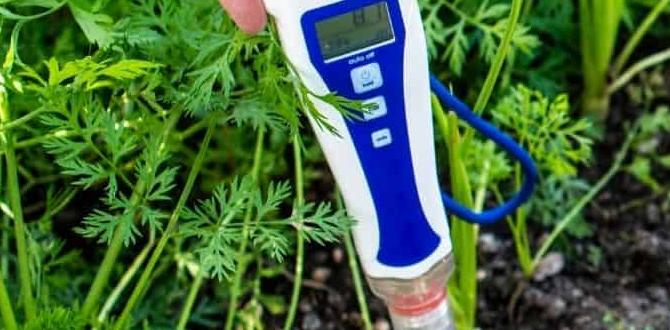
After testing your soil, it’s time to improve it. If your soil lacks nutrients, you can add these amendments:
- Compost: This enriches soil and adds nutrients.
- Bone meal: Provides phosphorus for root growth.
- Fish emulsion: Delivers nitrogen for leafy plants.
For adjusting pH:
- If the soil is too acidic, add lime to raise pH.
- If the soil is too alkaline, sprinkle sulfur to lower pH.
Both lime and sulfur work slowly but surely. Testing again can show how well your amendments worked!
How do I know my soil’s nutrient needs?
Use a soil test. It will tell you what nutrients your soil needs and if pH adjustments are necessary.
Maintaining Soil Health for Future Gardening Success
Best practices for regular soil testing. Tips for organic matter incorporation and crop rotation.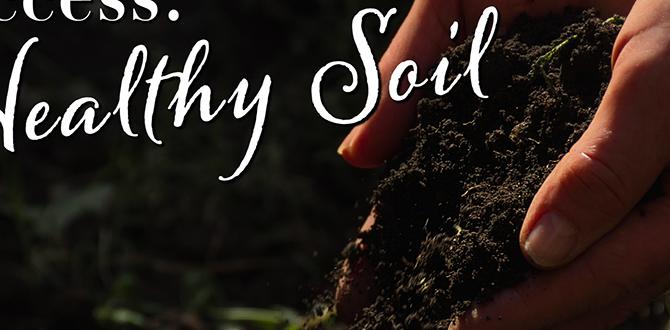
Healthy soil is key for great gardening. Regular soil testing helps you know what nutrients your soil needs. Here are some best practices:
- Test soil every year to check pH and nutrient levels.
- Use organic compost to enrich the soil.
- Practice crop rotation to avoid nutrient depletion.
By doing these, you support your soil’s health. This leads to strong plants and a bountiful garden.
Why should I test soil for gardening?
Testing soil is important because it helps you understand its health. It reveals nutrient levels and pH balance. Knowing this lets you improve soil quality for better plant growth.
Conclusion
In conclusion, testing soil for gardening is essential for healthy plants. You learn about pH levels and nutrients. Understanding your soil helps you choose the right plants and fertilizers. Start by using simple soil test kits available at garden stores. Explore online resources or local gardening clubs for more tips. Happy gardening, and enjoy your beautiful blooms and bountiful harvest!FAQs
Sure! Here Are Five Questions Related To Testing Soil For Gardening:1. **What is soil testing?** Soil testing is checking the dirt in your garden. It helps us know what nutrients the soil has or needs. 2. **Why should we test the soil?** We test the soil to see if plants will grow well. It tells us if we need to add anything. 3. **How do we test the soil?** You can buy a soil test kit. It shows you how to collect samples and test them. 4. **When is the best time to test the soil?** The best time to test soil is before planting. This way, we can prepare the garden properly. 5. **What can we learn from soil tests?** Soil tests tell us the pH level and nutrients. This helps us choose the right plants and fertilizers.
Sure! Just let me know what question you would like me to answer, and I’ll be happy to help!
What Are The Essential Soil Nutrients That Should Be Tested For Optimal Plant Growth?To help plants grow well, we should test the soil for three key nutrients: nitrogen (N), phosphorus (P), and potassium (K). Nitrogen helps leaves grow green and strong. Phosphorus helps roots and flowers develop. Potassium helps plants fight diseases and stay healthy. Checking these nutrients will make sure your plants are happy and grow better!
How Can I Properly Collect A Soil Sample For Testing At Home Or To Send To A Laboratory?To collect a soil sample, first, choose a spot in your yard or garden. Use a clean tool, like a trowel, to dig down about 6 inches. Take small bits of soil from different areas. Mix these bits in a clean container. If you’re sending it to a lab, follow their instructions on how much soil to send.
What Are Some Common Methods Or Kits Available For Testing Soil Ph Levels?You can test soil pH using different methods. One way is to use a simple test kit, which you can buy at a garden store. These kits usually include test strips or powders that change color. Another method is using a digital soil pH meter, which gives you a reading right away. You can also send a soil sample to a lab, and they will check it for you.
How Often Should I Test My Garden Soil To Ensure It Remains Suitable For Planting?You should test your garden soil at least once a year. This helps you know if it has the right nutrients. If you change plants, test it again. It’s like checking your room to keep it clean and ready. Healthy soil makes happy plants!
What Steps Should I Take If My Soil Test Results Indicate Nutrient Deficiencies Or Imbalances?If your soil test shows problems, you can improve it. First, read the results carefully. Next, buy the right nutrients, like fertilizers, to fix the issues. Then, sprinkle or mix them into the soil. Finally, water the soil well to help the plants grow better.

